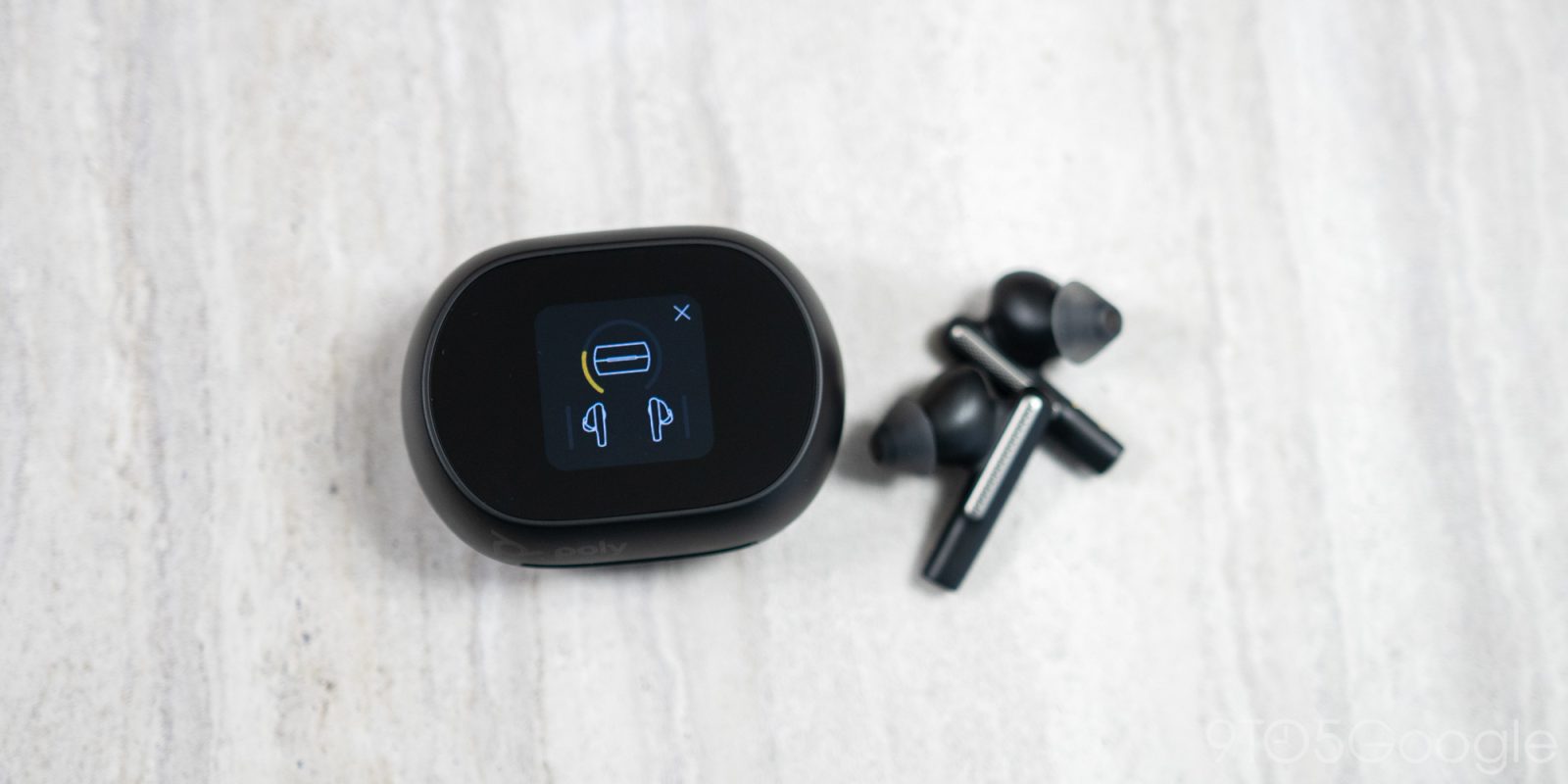
These days, it’s hard to come by unique earbuds in the TWS audio industry. Even still, HP has found a way to incorporate interesting features into earbuds in a way that actually makes sense with the Poly Voyager Free 60.
Under HP’s Poly branding – rebranded from Plantronics – the Voyager Free 60+ UC earbuds are aimed at professional users who work from home, in the office, or out on the field. With that, the earbuds are productivity first, though that comes with some fun side effects.
HP’s Poly subset is all about office products. You’ll find headsets and conferencing equipment galore – generally items that don’t find themselves in the hands of the average audio enthusiast. Of course, since it comes with that mindset, the Voyager Free earbuds are meant to look like serious business.
Design
The earbuds themselves are designed in a dignified yet interesting way. Each has a stem, which most users have grown accustomed to. With that, though, the actual driver casing somewhat sits away from the stem. Off-putting at first, this makes the earbud extremely comfortable. Each tip is oval in nature, which contributes to the comfort and grip when left in-ear.
Exercising, walking, and general head movements were unsuccessful in dismounting the Voyager Free earbuds, which is exactly what you want to look for in any earbud.
Toward the bottom of the stem, there is a small button at the bottom that can be used to play or pause the music and answer calls. Holding it down for two seconds activates Google Assistant, which opens the door to much more functionality, depending on what device you’re using.
Along the stem is also a touch sensor, which allows you to swipe up and down to change the volume or to even mute yourself. The swipe and button configuration can be a little hard to get used to, but once I had it down, it became second nature.
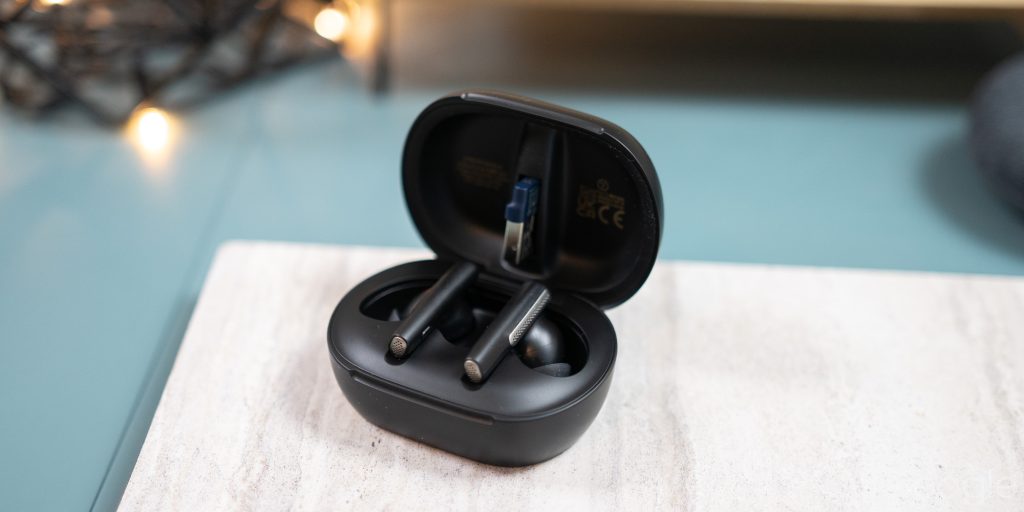
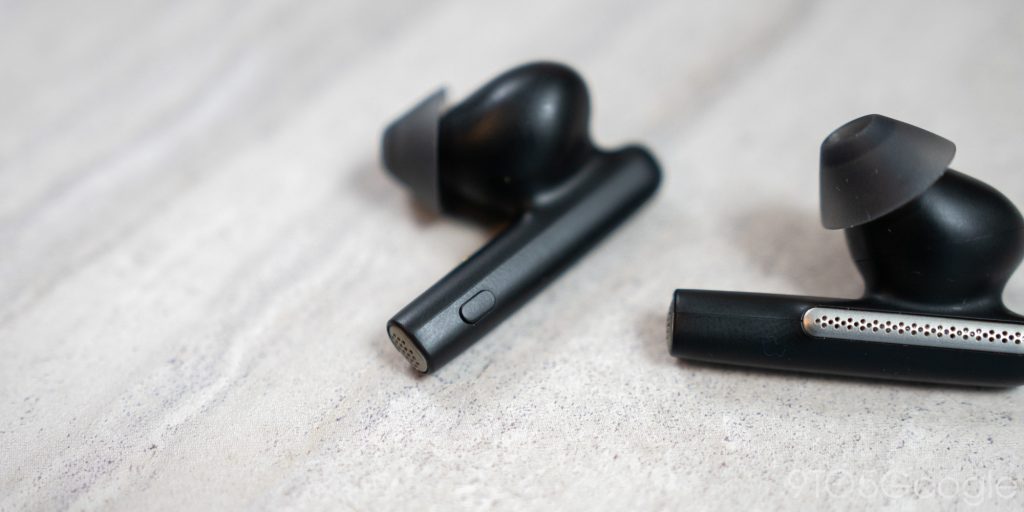
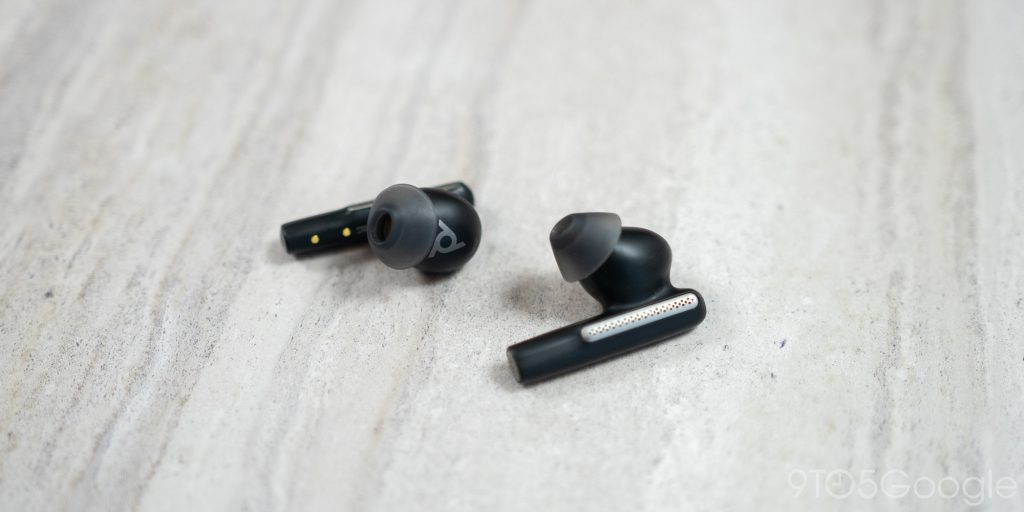
As for the case, this is where HP brings in features that are not suitable in most cases but is able to make it work. Since the Voyager Free earbuds are meant to be used more often than not at a desk, odds are high that you’ll have the charging case lying somewhere nearby. With that being a common scenario, HP has decided to stick a touchscreen display on the charging case.
The HP Voyager Free earbuds charging case is one of the first major products to feature a display on the case and make it a viable option. In any instance, users would normally have the case in a bag or pocket, where the screen would be hidden away. With the Voyager Free earbuds, that case is likely going to be within arms reach at any given time.
The top of the rather beefy case is a small square OLED display. While it’s nothing incredibly fancy, it allows you to easily find things like battery status, connections, current playing audio, and more. While the argument could be made that all of this can be done from your phone, it’s still a neat way to take control of your audio, and HP does a good job of incorporating this feature in a way that makes sense. For any other TWS earbuds, it’s way less likely to work.
HP makes a version of the Voyager Free 60’s without the display. It, in turn, is much thinner and can be pocketed very easily.
Sound quality and performance
The focus of the Voyager Free 60 earbuds is call quality first and foremost. Of course, that doesn’t mean that music quality gets kicked to the sidelines. In both categories, the Voyager Free earbuds do reliably well, with clear and crisp voice representation, as well as detailed music reproduction. The three-mic array does well to isolate your voice on the other end.
One of the earbud’s main selling points is the integration it sees with Microsoft Teams and Zoom. To bolster that effort, HP’s professional earbuds make use of a dedicated Bluetooth dongle, which can be plugged into any USB-A port on PCs or MacBooks. If you’re sitting on and off calls all day, a direct connection to your computer is a fantastic addition.

As another aspect of that, I found that the ANC was reliable overall, with a couple of downsides. The Voyager Free 60’s do have adaptive ANC, which helps tune the level of cancellation to your environment; however, I did feel that ANC on without music playing set off that familiar pressurized feeling in my ears. On the opposite end, I thought the passthrough was competent and done well. With the addition of a speech and environment mode, the passthrough mode was easily tunable to my environment.
In fact, most aspects of the earbuds were adjustable. The Poly Lens app for Android, iOS, and even Windows has an absolute ton of options to cater to you – something that someone who spends a lot of time on calls or listening to audio would love to see.
Battery life
Each earbud has a 70mAh battery powered by a 580mAh case. At full charge and with ANC on, I was expecting around 24 hours of listening time. My result was a little more because I didn’t use ANC all that much. With 8 hours in each earbud and an extra 16 from the case, I wasn’t worried about power at all.

For who this is aimed at, the battery life is perfect. That, in addition to the wireless charging capabilities, the Voyager Free 60’s are completely competent in the power department.
Bluetooth transmitting
One of the features that absolutely makes my day is HP’s Bluetooth transmitting feature. Using a USB-C to 3.5mm audio cable, you can plug the charging case into anything that terminates in a 3.5mm jack. This means situations where audio is needed and a physical connection is necessary – such as airplanes – are now made wireless.
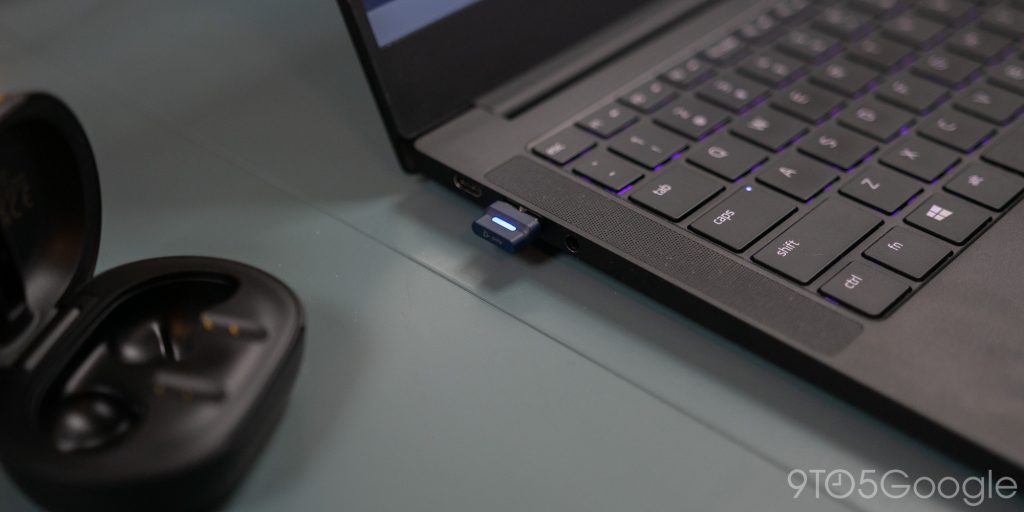
From a performance standpoint, the transmitter actually works really well. As a test, I plugged the case into my desktop DAC and amp just to see how much quality was lost. To my surprise, it was minimal, and I was able to enjoy wireless music that felt Hi-Fi, though the actual data might burst my bubble.
Who is this for?
The Voyager Free 60 earbuds are unique, without a doubt. With a charging case that includes a touchscreen, Zoom plus Microsoft Teams integration, and Bluetooth transmission ability, they fit into a weird category.
Overall, it’s easy to nail down who this isn’t for. This isn’t for customers who want to hear generic or fantastic audio without bells and whistles. Still, the Voyager Free 60’s bells and whistles aren’t aimed at everyone.
In the end, the person who works in an office or from home, sits at a desk, and goes on the occasional business trip is the person who would benefit from the feature set that the Poly Voyager Free 60’s bring to the table.
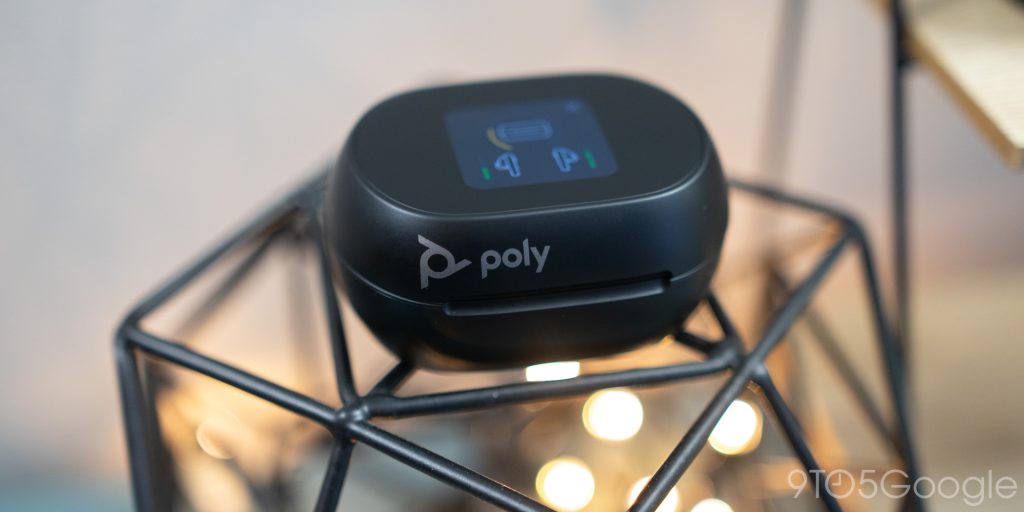
With its chunky case and focus on voice call quality, the Free 60’s are built for professionals who need a little more catering in the audio world. On top of that, it’s a business expense at $329 for the touchscreen model. If that fits the bill for you, the HP Poly Voyager Free 60 earbuds are a great audio solution with more than a few tricks up its sleeve.
Buy the Voyager Free 60 series:
FTC: We use income earning auto affiliate links. More.





Comments